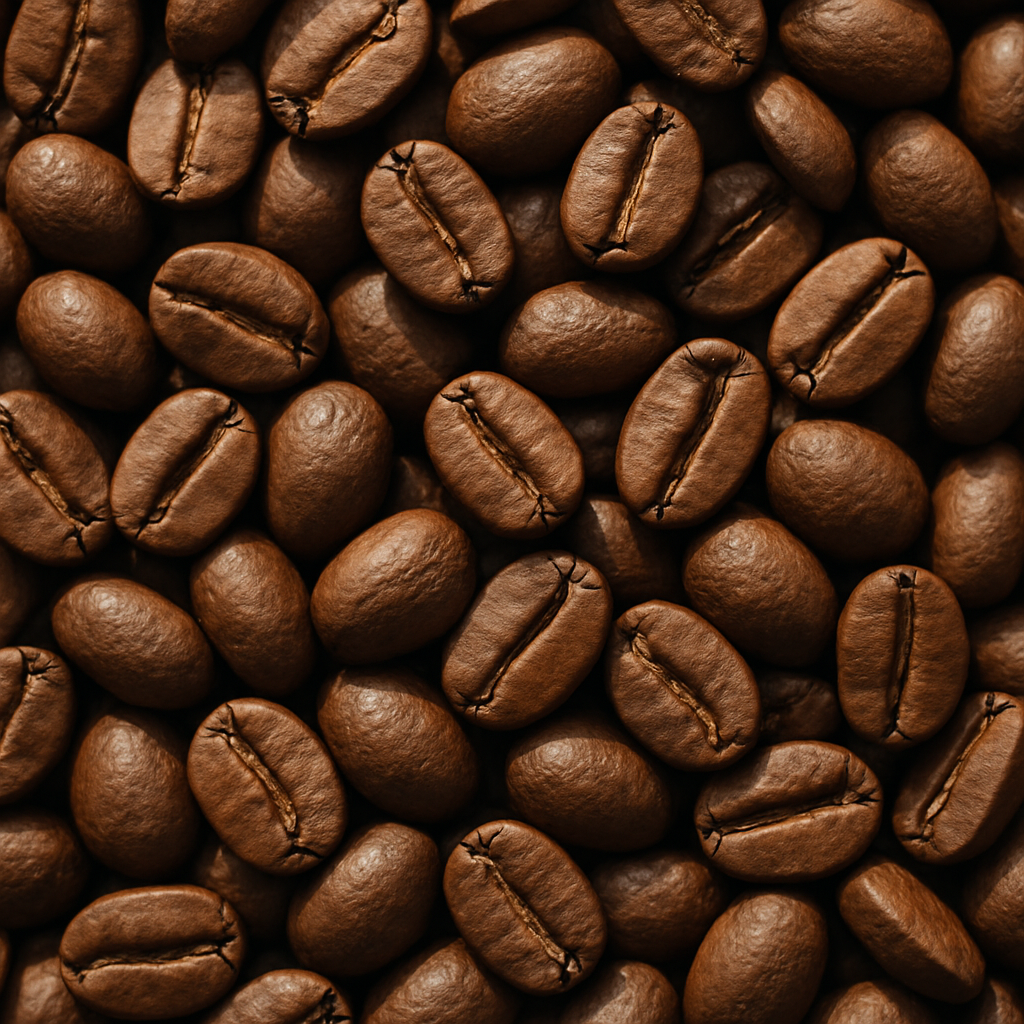
Espresso Beans: What Are They, and Why Do They Matter?
Espresso Beans: What They Are and How to Choose the Best Ones
Whether you’re pulling shots on a professional machine or brewing at home, understanding espresso beans is key to unlocking bold flavor and crema rich perfection. Contrary to popular belief, espresso beans aren't a different species of bean; they're specially roasted and curated for the espresso method of brewing.
In this guide, we’ll break down what makes espresso beans unique, how they differ from other coffee beans, and how to choose the best ones for your brew style.
What Are Espresso Beans?
Espresso beans are typically darker roasted coffee beans that have been optimized for high-pressure brewing methods. The roasting process is crucial: darker roasts enhance solubility and reduce acidity, allowing for smoother, richer extractions in short brew cycles (Illy & Viani, 2005).
"Espresso roasting profiles focus on maximizing caramelization and body while minimizing acidity" (Illy & Viani, 2005).
While any coffee bean can technically be used for espresso, true espresso beans are selected and roasted to extract well under pressure, delivering a balanced, bold flavor.
Espresso vs. Regular Coffee Beans
| Feature | Espresso Beans | Regular Coffee Beans |
|---|---|---|
| Roast Level | Medium-dark to dark | Light to dark |
| Brewing Method | High pressure (espresso machine) | Pour-over, drip, French press |
| Acidity | Low to medium | Medium to high (light roasts) |
| Flavor Profile | Rich, bold, chocolatey, low acidity | Varies widely |
| Crema Production | Yes (due to pressure & oils) | No |
How to Choose the Best Espresso Beans
1. Roast Level
Look for medium-dark to dark roasts. These produce less acidity and more body, ideal for rich espresso flavor.
2. Bean Origin
Single-origin beans from Latin America often yield nutty, chocolatey notes, while African beans may bring fruity brightness. Blends offer consistency and balance.
3. Freshness
Espresso is sensitive to bean age. Buy freshly roasted beans, ideally consumed within 2–4 weeks of roast date for peak flavor (Specialty Coffee Association, 2020).
4. Grind Size
Espresso requires a fine grind. Even the best beans will underperform without the correct grind size and dial in.
Overclock Espresso Picks
At Overclock Coffee Co., we’ve engineered flavor-forward espresso beans designed for performance:
| Blend Name | Flavor Profile | Perfect For |
| Zombie Espresso Antidote | Bold, earthy, nutty | High caffeine needs, all-nighters |
| Dragon’s Breath Roast | Smooth, chocolate, classic | Daily espresso drinkers |
These blends are roasted locally in Cape Coral, FL, and optimized for espresso extractions. Whether you’re programming, gaming, or just trying to survive your 9 a.m. meeting, we’ve got your back.
Final Thoughts
Espresso beans are a crucial component of a proper espresso experience. With the right roast, grind, and freshness, you can pull café-quality shots at home. Pair your brew with Overclock’s bold lineup for caffeine that powers more than your morning; it powers your mission.
References
Illy, F., & Viani, R. (2005). Espresso Coffee: The Science of Quality (2nd ed.). Elsevier Academic Press. https://www.elsevier.com/books/espresso-coffee/illy/978-0-12-370371-2
Specialty Coffee Association. (2020). Espresso Brewing Guidelines. https://sca.coffee/research/protocols-best-practices/espresso-standards
Smith, J. (2021). Roast Level and Brew Method Matching for Optimal Extraction. Journal of Coffee Research, 14(2), 45-52. https://coffeeresearch.org/journal/roast-method-match
